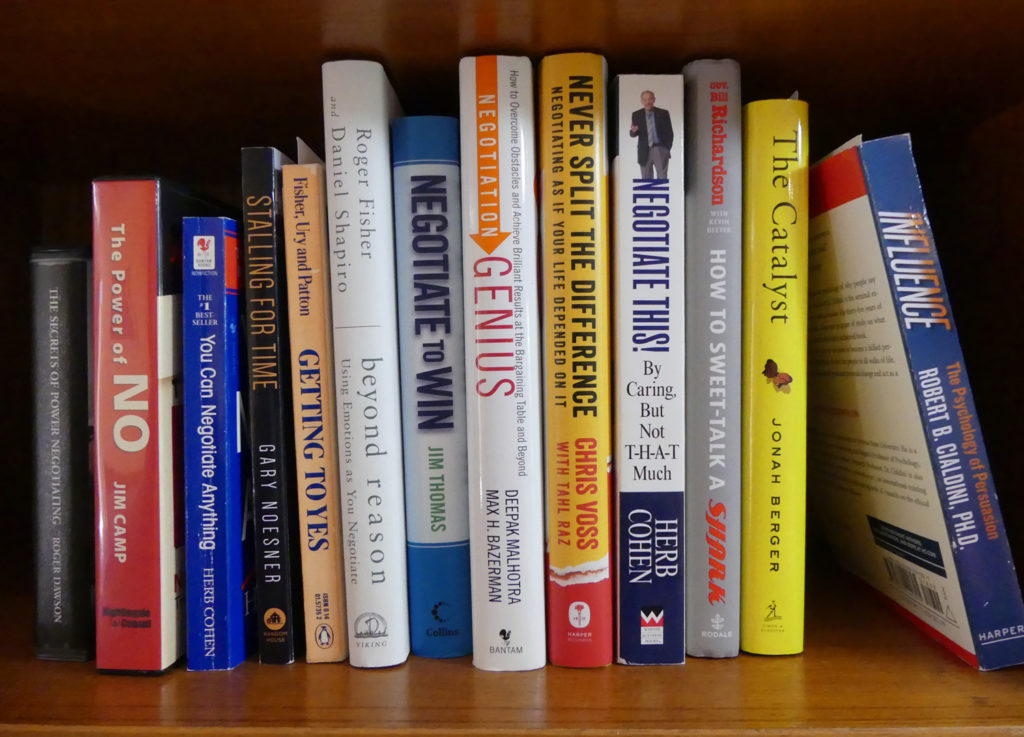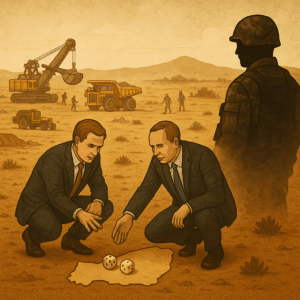(SECOND IN THE THREE-PART SERIES)
The common refrain mentioned by women who initiate divorce is: “He doesn’t listen to me.”
It’s probably more like a situation whereby the husband has been listening all along, but he just doesn’t know how to engage his wife in a way that makes she feel heard.
Stephen Covey, author of The 7 Habits of Highly Effective People, said, “The biggest communication problem is we do not listen to understand. We listen to reply.”
The English writer and philosopher G.K. Chesterton observed, “There’s a lot of difference between listening and hearing.”
And they are right. Hearing is one thing. Really listening is another. Listening properly is a vital trust-building tool that can help bring you closer to a deal by getting to the crux of the matter sooner.
Like breathing, a vast majority of us have been listening all our lives without being taught to listen properly. Active listening is not something one is born with. It is a skill that has to be consciously acquired and honed before one becomes proficient at it.
In a nutshell, active listening is as much about paying complete attention to the person you’re talking to and refraining from jumping to conclusion as paraphrasing and reframing the issue being discussed.
Why is active listening important in negotiation? According to Gary Noesner, author of Stalling for Time: My Life as an FBI Hostage Negotiator, it’s all about “positively influencing their behaviour.” If you can make the other party feel heard by acknowledging their points of view, then they are more likely to give serious consideration to what you want.
In our society, the people who breathe and live these techniques are psychiatrists, clinical counselors, mental health therapists, marriage and anger management counsellors, crisis hotline volunteers, diplomats, mediators and (hostage) negotiators.
THE BEGINNING OF MY NEGOTIATION JOURNEY
“So,” you may ask, “how does Hai know so much about this stuff?”
It all began when I met Ruben in university. We were classmates in one of the political science classes. He was a 2nd-generation Jewish Canadian whose parents had emigrated from Iraq and was working part-time in the purchasing department of a big restaurant chain.
Ruben impressed me with stories of how he slashed costs and saved his employer millions of dollars.
To test him, I asked him to negotiate the purchase of a new car for my wife and me.
Ruben wowed the car salesman with his negotiation skills and saved us thousands of dollars. He’s what I would say a natural-born, gifted negotiator. It was then I learned he had been helping many others in the Jewish community purchase cars.
If you think about it, for a young guy still in university, what he was able to achieve was very impressive.
I must admit he was my inspiration, someone I emulate. “I’m gonna be just as good as he is one day,” I vowed to myself.
This was during the early 1990s. The world was very different then. The Web as we know it now was nascent. Companies were anonymous entities. It was close to impossible to figure out who’s who of any importance working in a given company.
There was a recession then – followed by a jobless recovery. Jobs were scarce. As a recent university graduate, I thought by acquiring negotiation skills, maybe I would find a job in some big company’s purchasing department.
Back then, the Justice Institute of British Columbia, a local post-secondary institution, offered a full gamut of courses from conflict resolution to negotiation, both beginner and advanced, and from anger management to assertiveness training. There were also courses in mediation.
(They were all based on principles first elaborated by the two Harvard professors Roger Fisher and William Ury in their landmark book, Getting to Yes: Negotiating Agreement without Giving In.)
After my first course in conflict resolution, I was hooked. Here was a radically practical way of communicating, listening and relating to people which nobody had ever taught me. A new horizon opened up.
In hindsight, the investment paid for itself many times over.
CONFLICTS, CONFLICTS, AND MORE CONFLICTS
Although the world has changed and technologies have made gatekeepers obsolete these days, certain things haven’t changed. People still need to navigate their way through a variety of transactions (both at home, at work and in the wider society) on a regular basis to get what they want.
If you really think about it, there are conflicts everywhere: in the home, in workplaces, in communities, between companies and countries. Conflicts are an inescapable fact of life because people are different and each one of us has different priorities and needs that don’t necessarily mesh with the others.
A conflict is also an opportunity, if it’s handled properly. If not, it can explode like a bomb at the least expected moment. In April of this year, a former employee walked into a FedEx facility in Indianapolis and killed eight workers. It’s virtually certain the killer had unresolved grievances or conflict of some kind in that place.
This was not the first time an aggrieved employee opened fire on his co-workers or bosses. Nor will it be the last.
In the mining context, it’s quite common for a project to face local opposition for a wide range of reasons. Farmers may not want competition for water. Indigenous leaders may instinctively distrust strangers showing up in their communities.
In some cases, no amount of promise, threat, techniques, or negotiation expertise is going to achieve anything if the other side is not willing to negotiate or what’s at stake is non-negotiable. (With the passage of time, things change. Hence, persistence is still key to success.) In others, the right approach can tip the balance in one’s favour.
THE COMMON MISTAKE UNTRAINED NEGOTIATORS MAKE
Back to Ruben, we lost touch in the intervening years. And I never worked a day in a purchasing department. But one important thing I learned from those courses is that negotiation is a needs-discovery process. It takes time for both sides to learn about one another’s unstated needs and new ideas to sink in. (More complex negotiations such as collective bargaining and international treaty of any type typically take months, if not years.)
As Covey would suggest, “Seek first to understand.”
Most people, on the other hand, seem to do the opposite. They jump right to their preconceived preferred solution, pushing it onto the other party without a full understanding of the underlying interests behind their stated demands.
Even if what they propose is also good for the other side, they’re surprised when they encounter resistance, the other party sitting back with arms folded, staring at them.
Why?
It’s just human nature not to like being told, “This is what you need to do” or “We think this is the best for you.”
At the personal level, think about the last time you were out with a friend. He/she tells you a problem at work or at home and you, out of habit, jump in with your solution when what’s really needed at the moment is good, active listening.
When was the last time you did this?
Was that helpful at all?
(Next: The phrases I used to get the negotiation in Part I back on track.)









